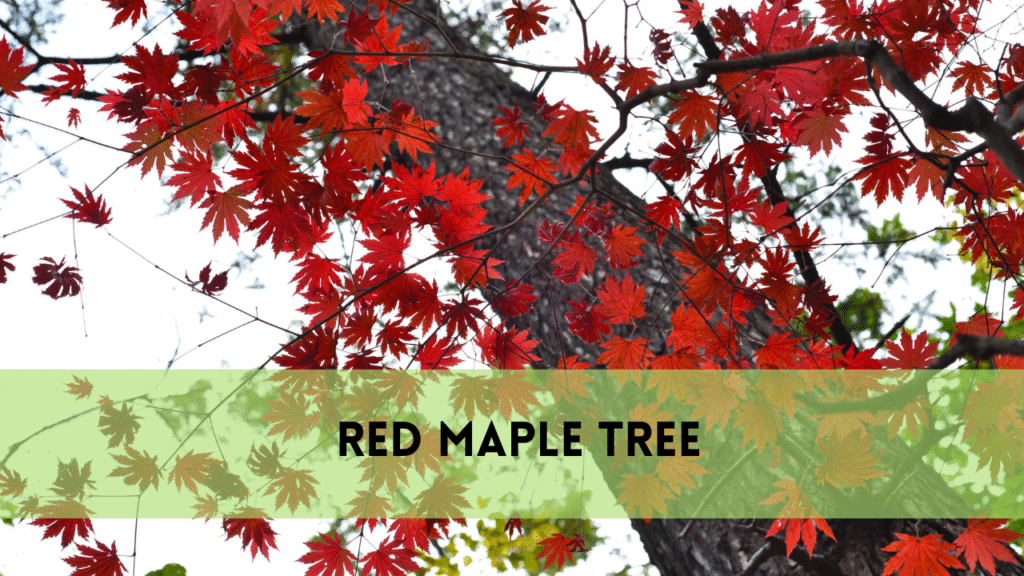How We Helped a Houston Homeowner Save Their Tree?
When it comes to tree care, there is no one-size-fits-all approach. Similar to individuals, each tree has its own set of requirements and obstacles. So, when Crosby Arborist received a call from a distraught homeowner in Houston, we knew we needed to customize our strategy to secure the best possible outcome for their cherished tree. This is the story of how we saved a tree and gave a homeowner piece of mind after he believed all hope was lost.
How We Helped a Houston Homeowner Save Their Tree
The Initial Call for Help
Mrs. Thompson, a Houston resident, called our office on a lovely afternoon. Her voice was filled with concern as she described the situation: her stately oak tree, which had stood proudly in her front yard for decades, was exhibiting symptoms of trouble. The leaves were drooping, the branches had thinned out, and the tree lacked the vibrancy it previously had. Mrs. Thompson was concerned that her tree was dying and wanted to know whether we could do anything to save it.
Assessing the Situation
After hearing Mrs. Thompson’s concerns, we immediately booked an on-site consultation. Our trained arborists arrived at her home with all of the essential gear and skills. As we neared the oak tree, it was clear that something was wrong. The previously luxuriant canopy was scant, and the bark showed clear indications of stress.
Our chief= arborist, John, began the inspection by assessing the soil, looking for pests, and evaluating the tree’s overall health. Following a comprehensive assessment, John determined that the tree was suffering from a number of problems, including compacted soil, insufficient nutrients, and the early stages of a fungal infection. It was obvious that fast action was necessary to save the tree.
Making a Tailored Plan
We developed a detailed treatment plan after learning about Mrs. Thompson’s oak tree’s individual demands. Our goal was not only to treat the symptoms but also to address the underlying reasons of the tree’s misery. Here’s a thorough overview of the actions we took:
Soil Aeration and Enrichment: One of the main problems was soil compaction, which prevented the tree’s roots from getting vital nutrients and water. We employed specialist equipment to aerate the soil around the tree, improving water penetration and root growth. We also treated the soil with a combination of organic compost and slow-release fertilizers to increase nutrition levels.
Fungal Treatment: The initial phases of fungal infection necessitated immediate intervention. We sprayed a systemic fungicide to the tree, which was absorbed by the roots and carried throughout its vascular system. This medication would attack the virus from within, preventing it from spreading further.
Pest Management: During our inspection, we discovered signs of pest activity, including bark beetles and aphids. To solve this, we used an integrated pest management (IPM) method. This includes using organic insecticides and importing beneficial insects that prey on destructive pests, resulting in a balanced environment surrounding the tree.
Regular Monitoring and Maintenance: To guarantee that the tree recovered, we planned regular follow-up inspections. These visits enabled us to track the tree’s growth, alter treatments as needed, and provide continuing care. Consistent monitoring was critical for identifying any problems early and maintaining the tree’s long-term health.
The Road to Recovery
Mrs. Thompson’s oak tree gradually improved over the next few months. The leaves regained their vivid green color, new growth sprang from the branches, and the tree’s overall health improved. Mrs. Thompson was pleased to see her favorite tree return to its former grandeur.
But the journey did not stop there. At Crosby Arborist, we believe in providing homeowners with the knowledge and resources they need to care for their trees. We gave Mrs. Thompson a personalized care guide that included watering schedules, pruning advice, and signals to look for that could indicate future problems. By training her on proper tree care, we insured that she could continue to care for her oak tree for years to come.
Related Posts:
FAQs
How long does it take for a tree to show indications of recovery from treatment?
The timescale for a tree to show symptoms of healing varies based on the severity of the problems and the type of treatment used. In Mrs. Thompson’s case, noticeable improvements began within a few months, but complete recovery required around a year of regular treatment and monitoring.
Can all trees be spared, or is removal the only option?
While many trees can be saved with the correct assistance, there are times when removal is the safest and most practical solution. Severe structural damage, advanced disease, or safety issues may require removal. Each situation is unique, and our experienced arborists can offer expert advice based on a comprehensive evaluation.
What are some common signals that a tree is in distress?
Common symptoms of tree suffering include wilted or discolored leaves, a thinning canopy, dead branches, apparent pests, fungal growth on the bark, and trunk cracks or splits. If you observe any of these indicators, you should get professional help right away.
How frequently should I have my trees evaluated by an arborist?
Certified arborists should evaluate your trees at least once a year. However, if you observe any unexpected changes in your tree’s health or structure, you should arrange an examination right away. Preventative care and early action can help trees survive and avoid costly harm.
Conclusion
Saving Mrs. Thompson’s oak tree was a satisfying experience for both our staff and the homeowner. It demonstrated the value of quick intervention, skilled care, and a personalized approach to tree health. Crosby Arborist is enthusiastic about maintaining Houston’s natural beauty, one tree at a time.
If you have a similar issue with a distressed tree, please do not hesitate to contact us. Our professional arborists are committed to providing the best possible care for your trees, preserving their health and longevity. Remember that with the proper care and expertise, even a dying tree may be brought back to life.




